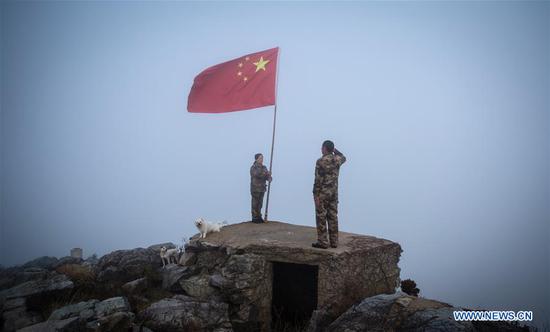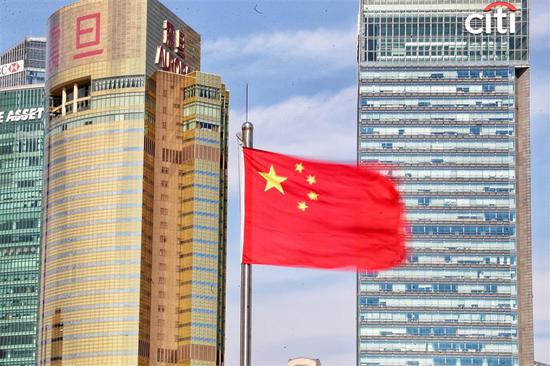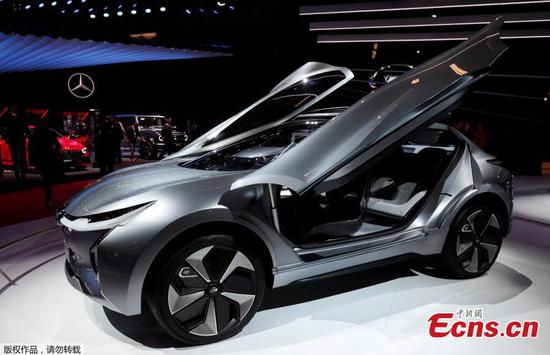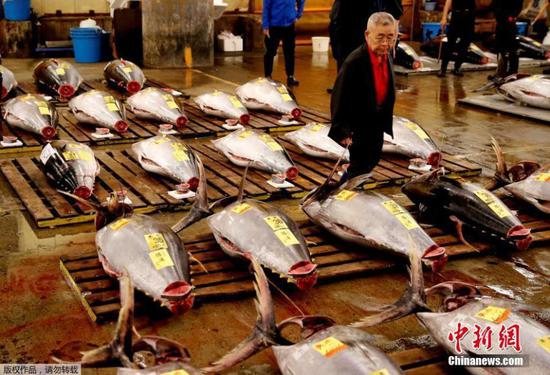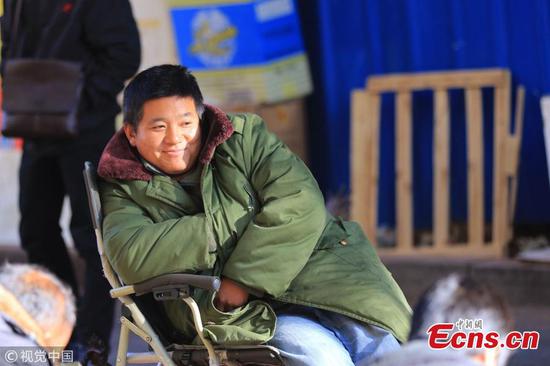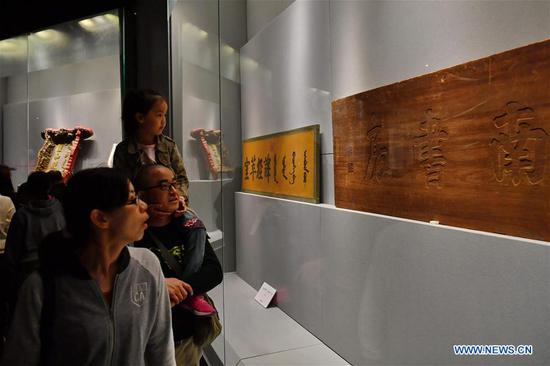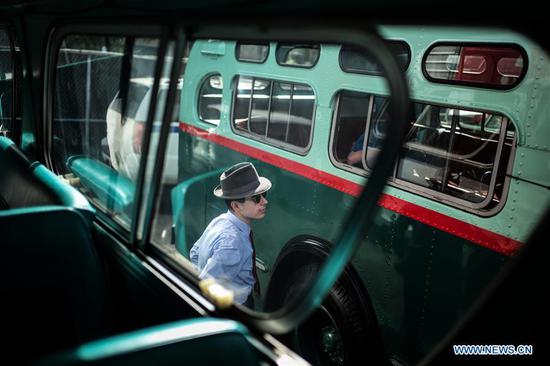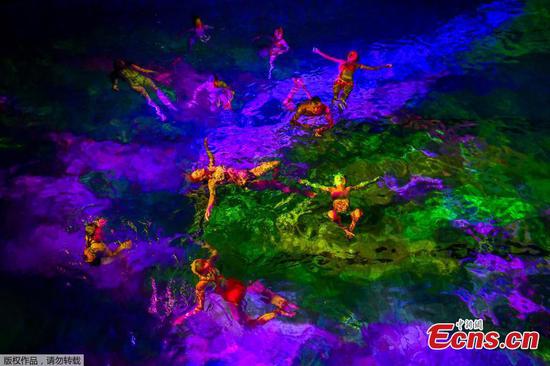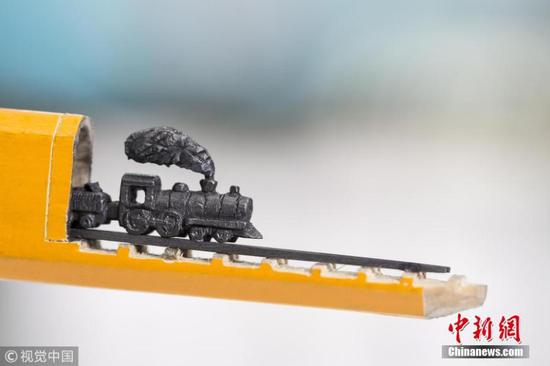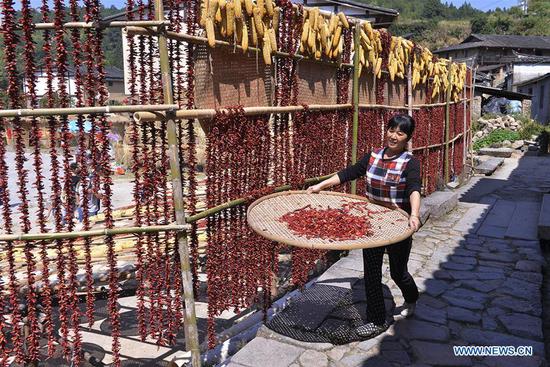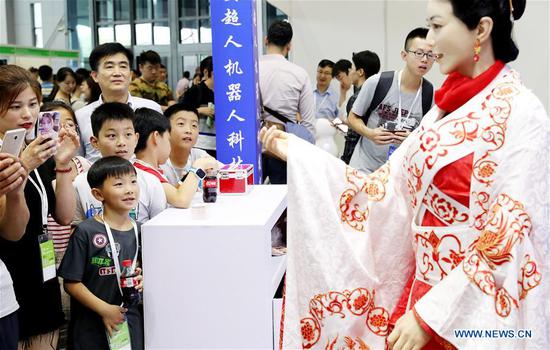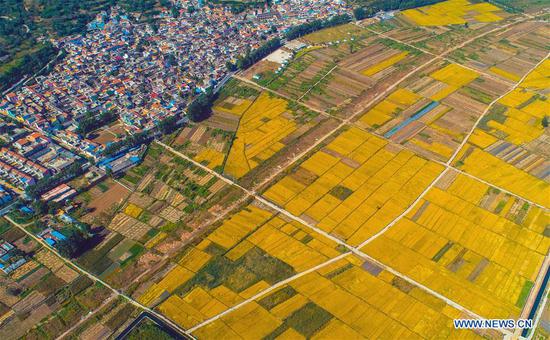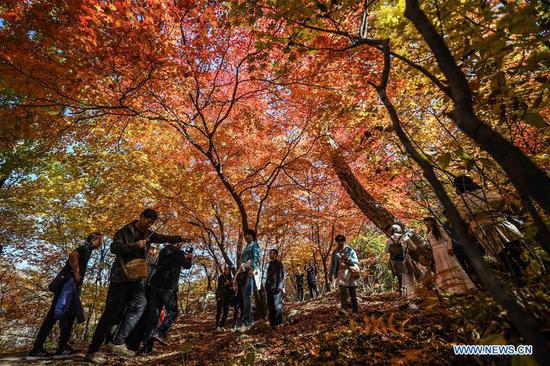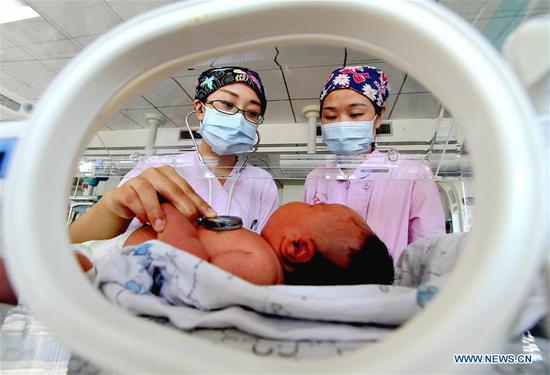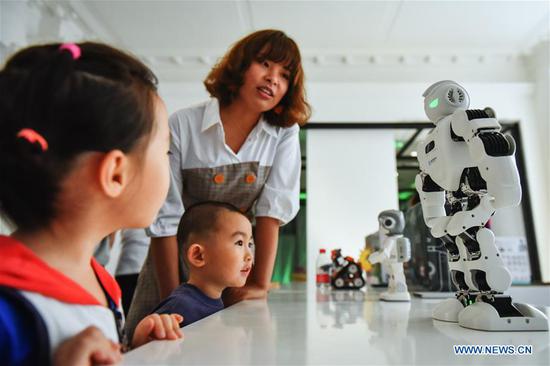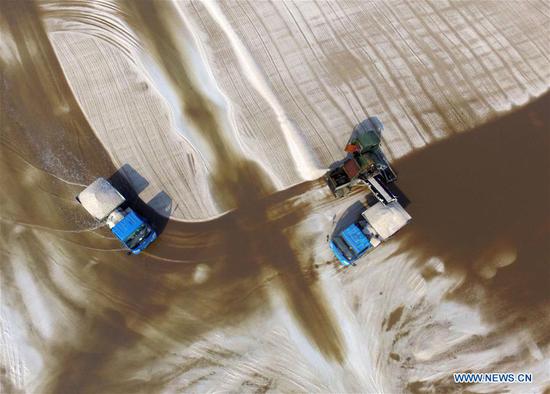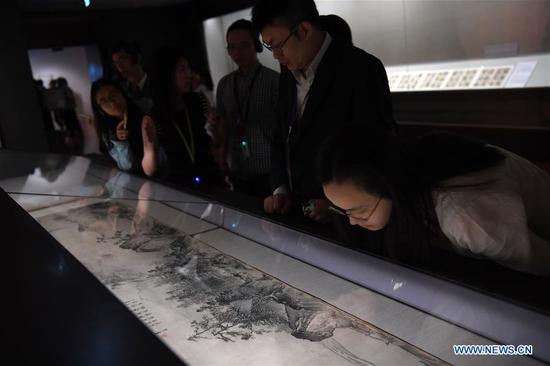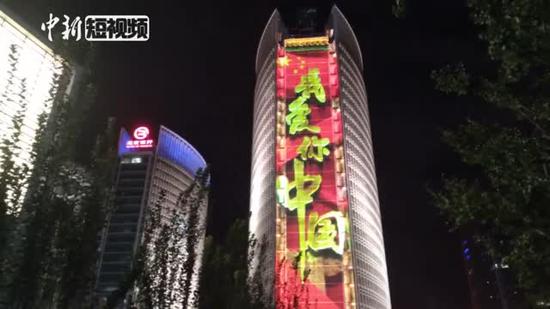Shenzhen is known for its transformation from a tiny fishing village into a developed metropolis since China's reform and opening up in the late 1970s. For years, it has also been one of the most appealing mega-cities for Chinese.

Photographer Yang Yankang began his career in Shenzhen in 1984 as a pastry chef. Although the restaurant he used to work in no longer exists, he will always remember the day when he first left Guizhou Province for Shenzhen.
He was fascinated by how vibrant Shenzhen was after his friends working in the army corps of engineers told him about the city. The construction soldiers and Yang both represent the early pioneers who were involved in Shenzhen's policy reform while contributing to the city's rapid economic boom.


As the urban landscape changed at a "Shenzhen speed," Yang's life path was altered as well.
By chance, he went to work at a local photography magazine and began his adventures with a camera.
In the first two years, he documented the lives of migrant workers on the weekends with a camera from the office. He said he felt that filming migrant workers is like filming himself, as he is one of them.
Yang soon became an independent artist and set up his own studio, subsidized by a friend and the government with low-rent housing.
He started travelling nationwide to do more documentary photography, and his works have gone global. But wherever he goes, Yang says Shenzhen is the "home front" for him to create freely and leisurely. "It is this city that helped me, and gave me a chance to keep a record of my ideas," he added.
And the city, as well as its people, remain his source of inspiration and an important subject.
Yang was impressed by the scene of young people getting to work early in the morning energetically when he filmed urban villages and technoparks with Magnum Photos last year. "Time flies. Many migrant laborers (of) my age have left, yet young graduates come. It's meaningful to capture these changes," Yang said.

Zhou Jian is an example of the younger generation devoting themselves to the growth of the city. He is the CEO of UBTECH – a Shenzhen-based unicorn startup focusing on AI and humanoid robots. The company is his second attempt in entrepreneurship and a realization of his robot dream.
Zhou said his early business was basically imitating German technologies, but now he considers what he is doing as independent.
Zhou also pointed out that the general entrepreneurial environment in Shenzhen has also changed these years, with the policy focus and venture capital shifting from traditional manufacturing to innovation and core technologies.
Robot-manufacturing requires a massive supply chain and Shenzhen, dubbed China's Silicon Valley, has industry-leading manufacturers of sensors and 3D cameras. That led Zhou to set up a company here after his team developed their own servos for robots.
UBTECH is but one out of some 11,000 high-tech companies in Shenzhen. In 2017, they contributed to four percent of the city's total GDP and over 40 percent of the country's international patent applications.
Zhou said he has been learning and breaking through his ceilings since he got into this field. "I'm not seeking an outcome but really want to make a difference and contribution," he emphasized.


Meanwhile, Yang Yankang believes that it is time for him to give back with his skills and feelings after being here for over 34 years. He did a photo studio project at Nantou Old Town during the latest Hong Kong &Shenzhen Bi-city Biennale of Urbanism and Architecture. He took family photos of residents, which reflect their ties with the city.
While dreams and miracles have materialized in Shenzhen, millions have reshaped this popular boomtown and are driving it towards its next boom.









